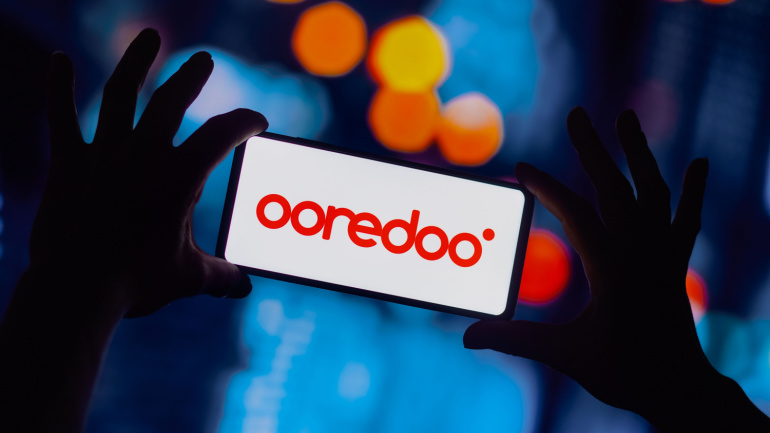Ooredoo Oman initiates a tender for its tower infrastructure sale and leaseback, inviting top telecom firms to submit bids. This follows a global trend set by major operators like Vodafone, Deutsche Telekom, and Telefonica.
Telecom operators globally embrace digital transformation, with East Asia dominating the top positions in Omdia’s benchmark. China Mobile leads, driven by high-speed broadband deployment and innovative service development, followed by SK Telecom’s AI-focused reinvention.
Ofcom falls victim to Clop ransomware attack, compromising personal data of 412 employees and confidential information of regulated companies. The breach exposes vulnerabilities in MOVEit software, prompting industry-wide reevaluation of cybersecurity measures.
UK’s latest telecommunications initiatives involve satellite broadband for remote Scottish regions, collaborating with Australia on telecoms diversification, and implementing advanced digital infrastructure such as smart lampposts, showcasing its commitment to becoming a global industry leader.
Nigeria’s mobile market experiences a significant shift as the NCC allocates 25 MVNO licenses, driving competition and expanding service offerings. This move aims to improve connectivity in rural areas and transform the African telecoms ecosystem in 2023.
The European Commission allocates $9.2 billion for R&D initiatives in telecoms and semiconductor sectors, targeting innovative microelectronics, 5G and 6G technologies. To support digital sovereignty goals, private investment of $15.5 billion and 56 companies are involved.
Rising Ransomware Costs Versus Cybersecurity Countermeasures Industry reports indicate that hackers are thriving despite advancements in cyber defense. The median cost of ransomware attacks has doubled to $26,000 over the past two years, with 95% of incidents resulting in financial loss ranging from $1 to $2.25 million. Social engineering and phishing remain highly effective tactics due to the human element. Senior leadership is increasingly becoming a cybersecurity threat. Governments and law enforcement agencies are taking more decisive actions against high-profile attacks, but these measures mainly deter hackers from targeting less coordinated markets. IoT devices used in DDoS attacks have risen to 1 million, accounting for 40% of global DDoS traffic, necessitating stronger network security and awareness. Despite improved measures, hackers are expected to continue succeeding. Read the full article Viasat Selected for AFRL’s ARBALEST Program: Enhancing Tactical Space Connectivity Viasat Inc., a global communications company, has been chosen by the…
Ofcom discusses AI’s potential benefits and risks, examining its use in content and telecom industries and addressing concerns about malicious usage. The regulator works with companies to assess safety risks, implement mitigation strategies, and enhance transparency to protect users and promote responsible AI integration.
The race for 5G dominance in the US continues, with AT&T focusing on standalone 5G architecture and monetizing services like gaming and augmented reality. With a cautious approach to Fixed Wireless Access, AT&T targets legacy copper network customers while embracing sustainability, AI, and automation for better energy efficiency and environmental impact.
Amdocs unveils its AI-driven amAIz framework, revolutionizing telecom operations with advanced capabilities and natural language processing. Enhancing service quality and boosting operational efficiency, this transformative technology offers pre-built use cases and rapid implementation, while fostering customer engagement and streamlining processes.












